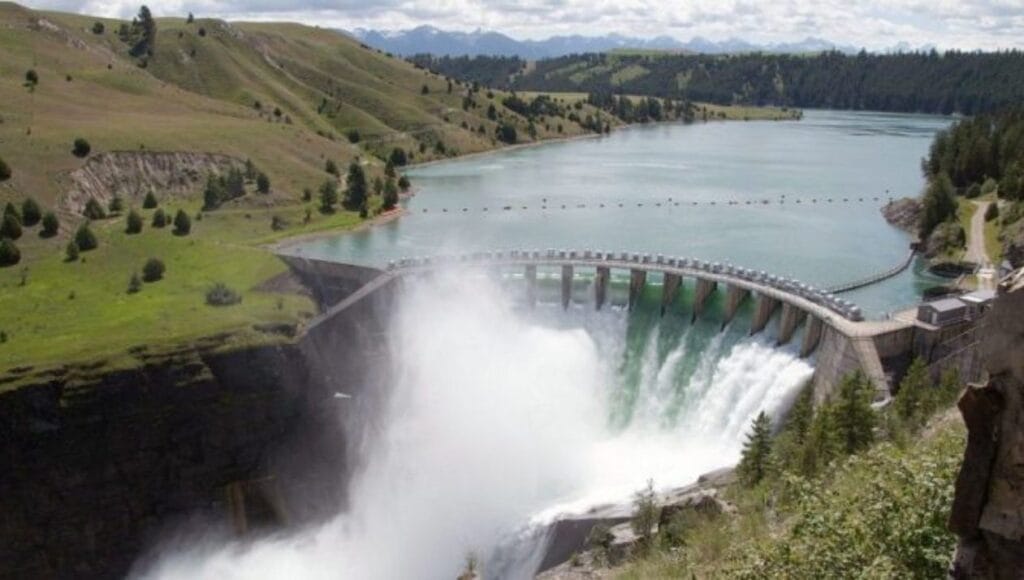Faced with a prolonged water crisis, Morocco is taking a counterintuitive approach. Rather than slowing down its investments, the Kingdom is accelerating the construction of dams, making this policy an offensive response to the climatic, economic, and social challenges posed by water scarcity.
“The Moroccan climate is marked by extreme variability, alternating between prolonged droughts and intense rainy episodes. To cope with this unpredictability, it is vital to have infrastructure capable of storing as much water as possible during the rare wet periods,” explains Younes Laabdi, head of the General Directorate of Hydraulics. The national strategy is based on a logic of prevention, aiming to secure water resources for agricultural, industrial, and urban uses, but also to protect populations from destructive floods.
Figures that speak
Morocco is not starting from scratch. Its hydraulic heritage already includes 154 large dams, capable of storing more than 20 billion cubic meters of water. But the ambition goes further. As part of the National Program for Drinking Water Supply and Irrigation 2020-2027, the country has committed to building 21 new large dams, in addition to 16 ongoing projects, for an estimated additional total capacity of nearly 5 billion cubic meters.
Among the flagship projects are the Kheng Grou dam in the Oriental region (1,070 Mm³), Ratba in Fès-Meknès (1,009 Mm³), and the raising of the Mohammed V dam, aimed at reaching a capacity of 980 Mm³. These infrastructures not only address an immediate water need: they represent a major lever for territorial development, irrigating agricultural lands and generating thousands of jobs.
A response to economic challenges
Beyond the water issue, this policy is also economically justified. A prolonged drought can paralyze agricultural activity, slow down industry, and weaken major cities. Floods, on the other hand, cause damage that can sometimes amount to hundreds of millions of dirhams. Dams, by cushioning floods and regulating water flow, help mitigate these risks.
This approach is already in action. Since 2022, five large dams have been put into service (Tiddas, Todgha, Agdez, Fask, Mdez), while a parallel policy of small and medium dams is strengthening local hydraulic capacities, closer to regional needs.
Alternatives, but no substitutes
Certainly, Morocco is also relying on other solutions: desalination of seawater, reuse of wastewater, and demand optimization. However, these avenues, while promising, have their limits. Desalination, in particular, remains energy-intensive and costly, which restricts its application to coastal and urban areas.
For hydrogeologist Amine Benjelloun, dams therefore retain a central role: “They both secure supply, prevent natural disasters, and contribute to a balanced territorial planning policy.”
A long-term bet
By betting on water to build its future, Morocco is not just erecting concrete walls. It is structuring a resilience strategy, where each dam becomes a shield against scarcity, a tool for territorial justice, and a driver of growth. An ambitious bet, but essential in a country where water is becoming as precious as it is unpredictable.


